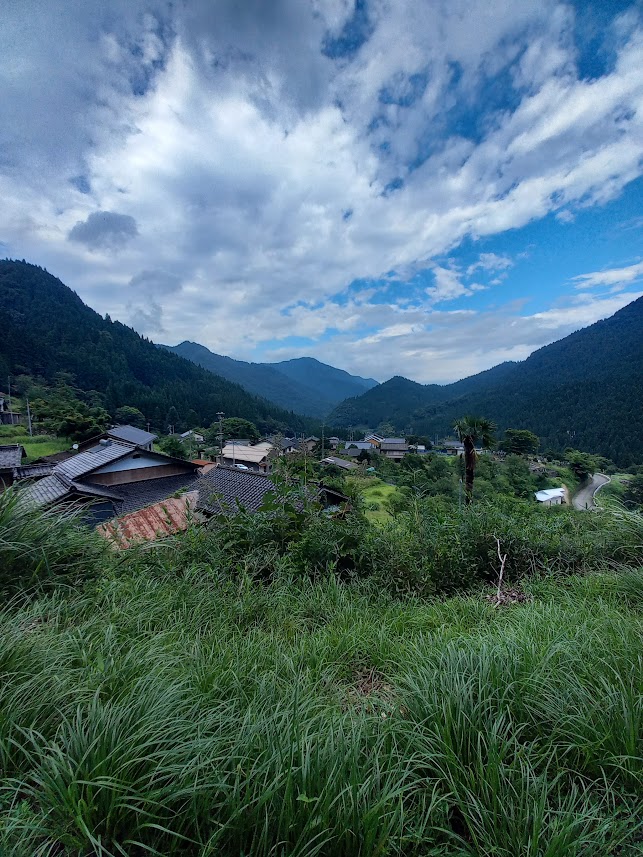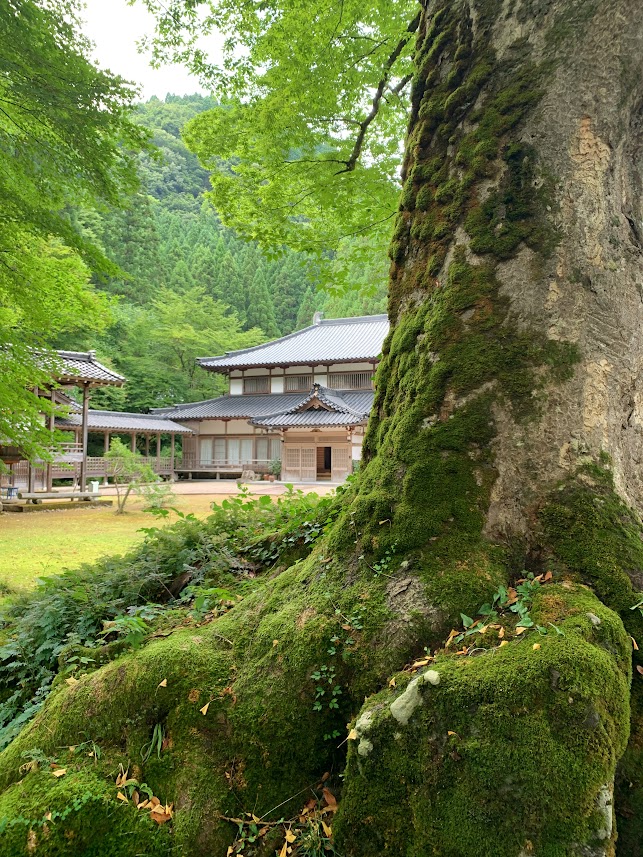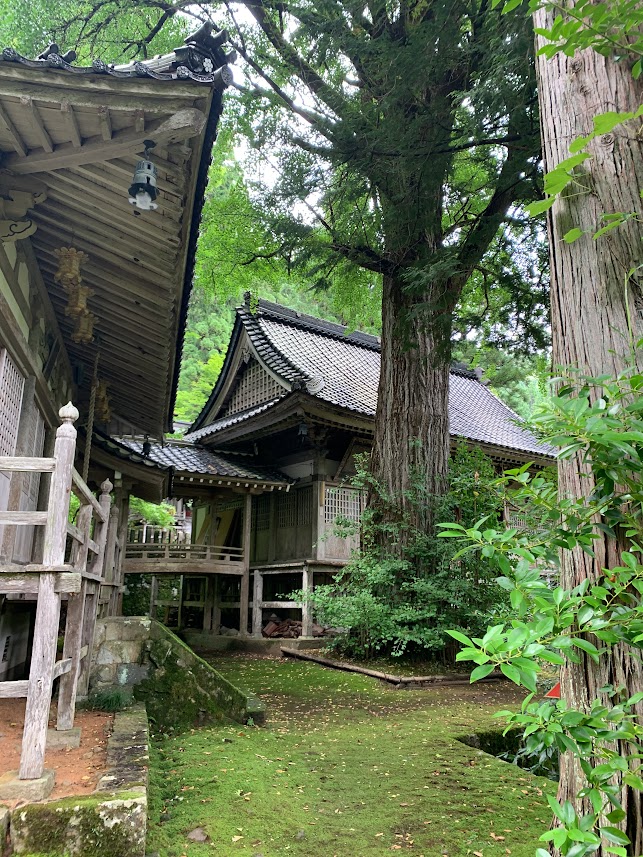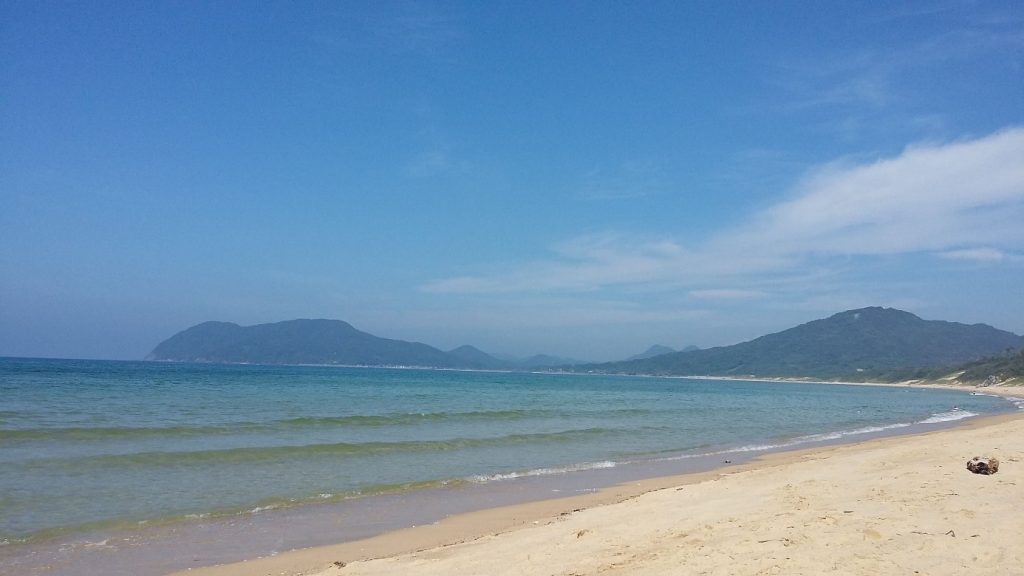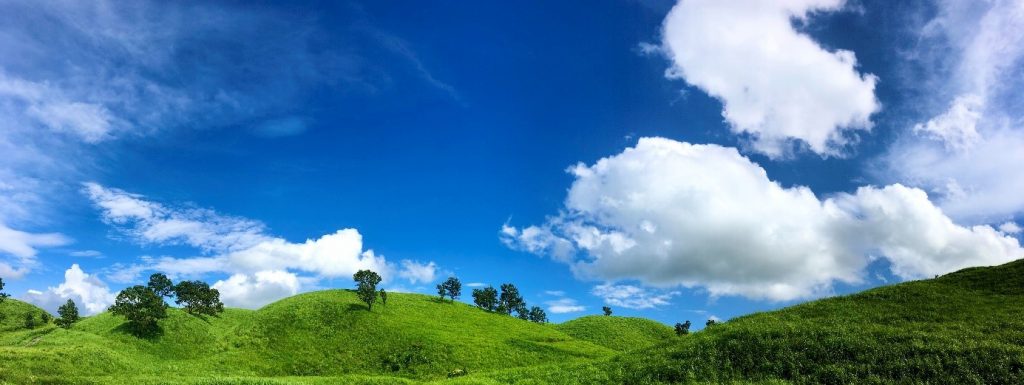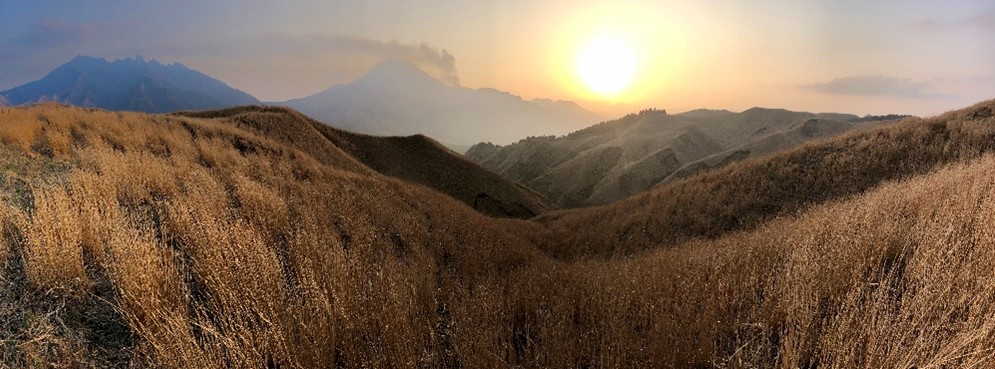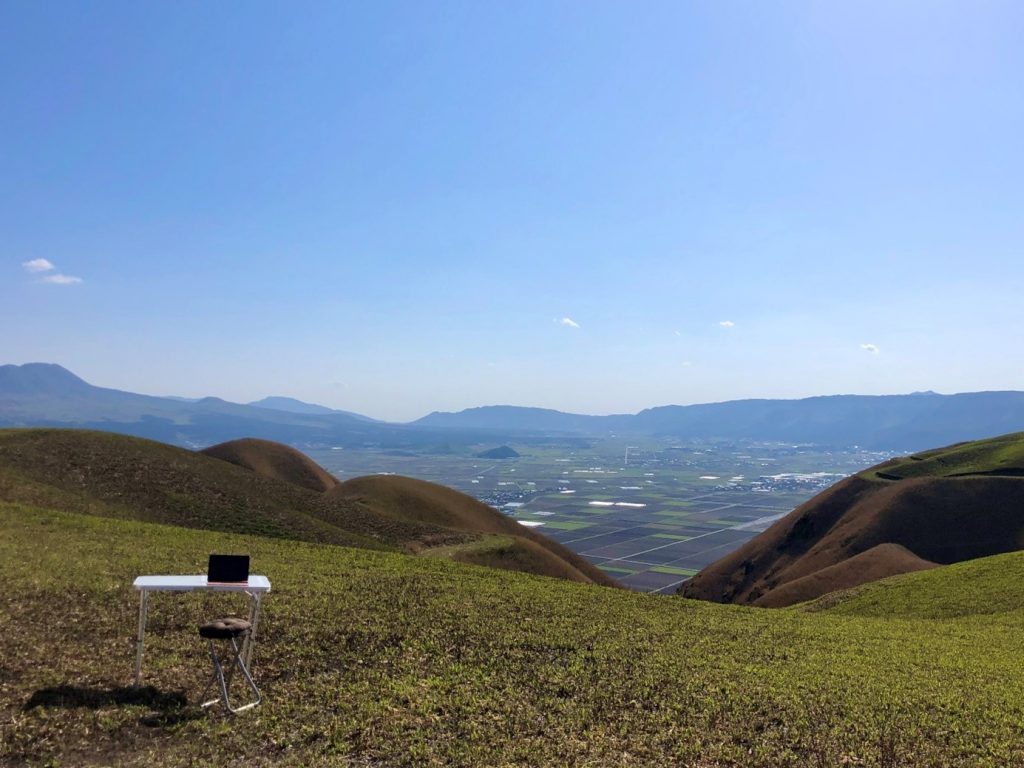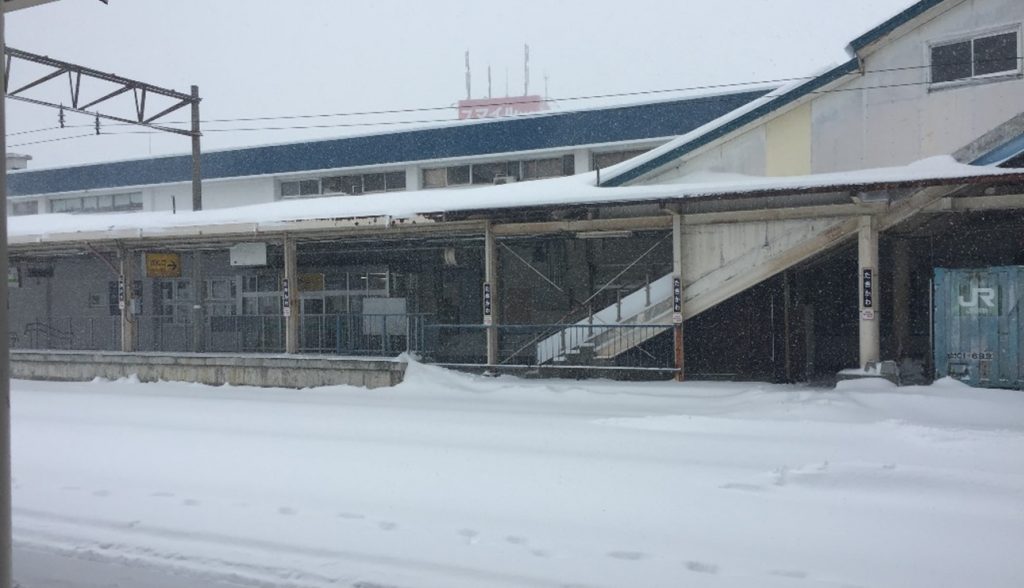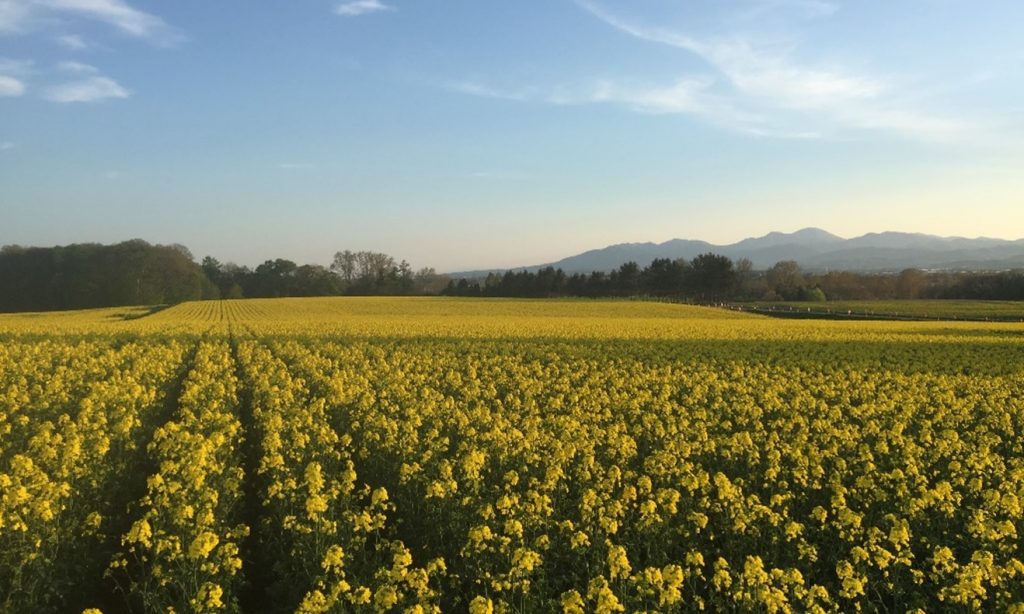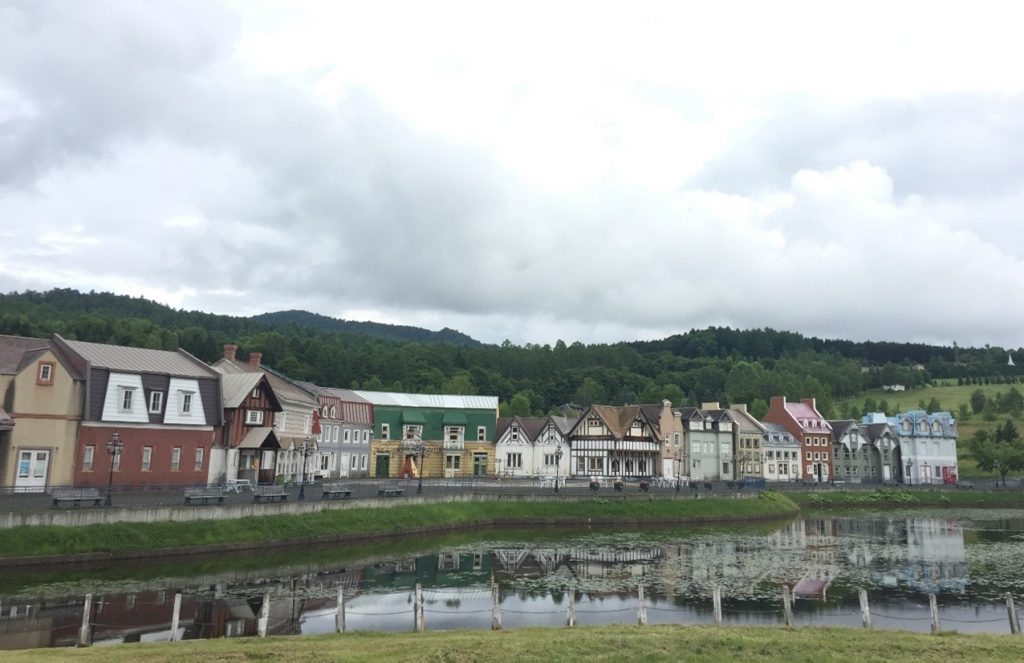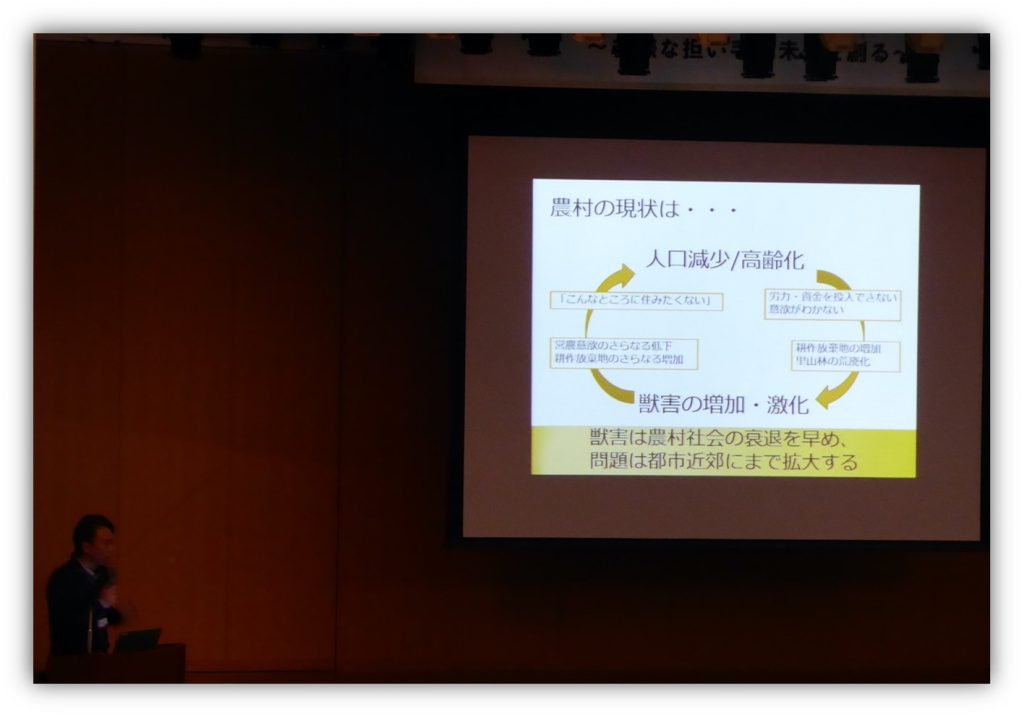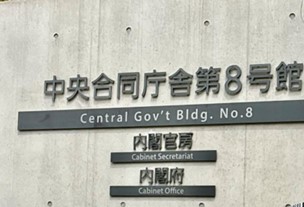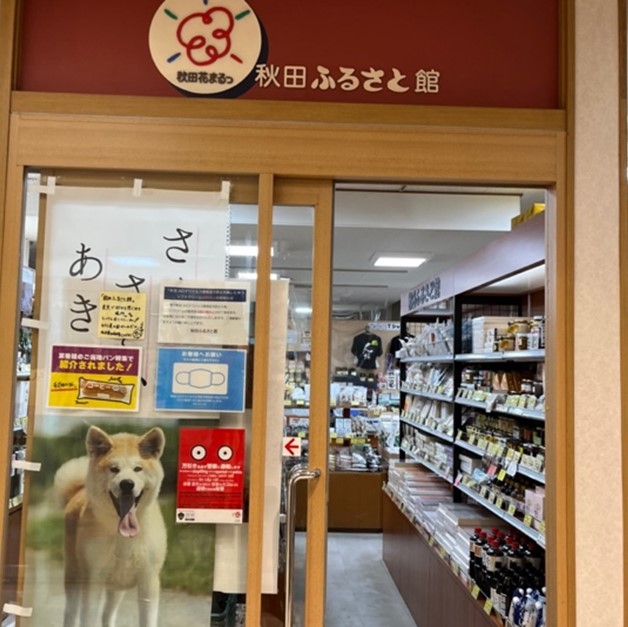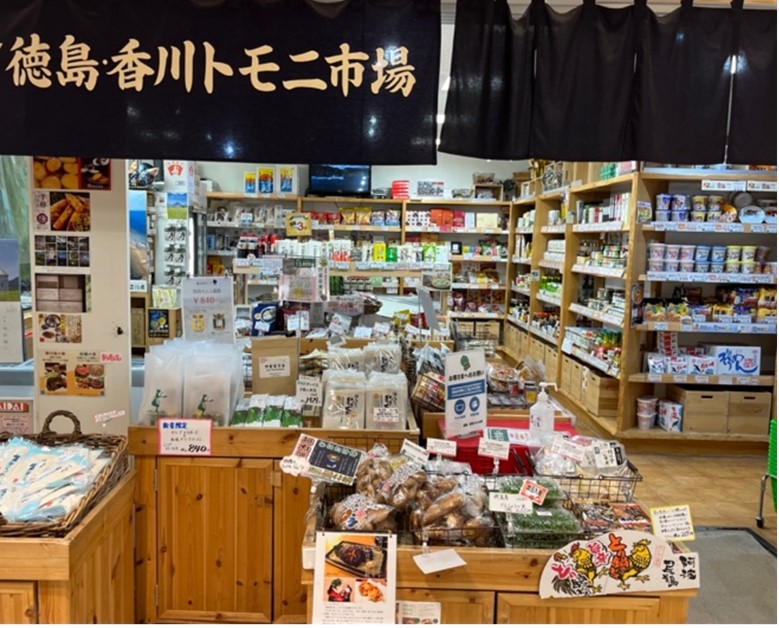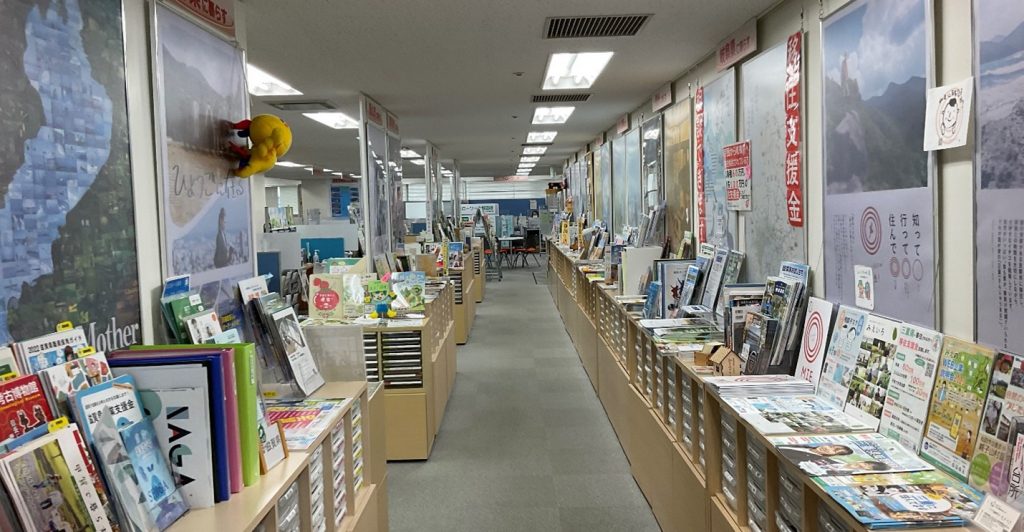New rural lifestyles in Japan (part 2)
by Cecilia Luzi
I am about to leave for fieldwork in Japan and I am looking forward to visiting my two field sites, Hasami-chō in Nagasaki-ken and Buzen-shi in Fukuoka-ken. Today I will introduce images and online representations of Hasami. I have never been to Hasami. I never visited the ceramic park nor did I enjoy a freshly brewed ice-coffee in one of the cafés in town. My image of Hasami however is that of a trendy village and it is based on hours spent following Instagram accounts, watching YouTube travel videos in my office in Berlin and a few online interviews with locals. Hasami-chō is a small village of around 15.000 inhabitants surrounded by mountains. Along with many pottery studios and workshops selling handmade porcelain to suit every pocket, Hasami is full of small, cozy cafés with delicious handmade food and welcoming owners. Hasami is the only municipality in Nagasaki prefecture with no direct access to the sea. There is no train station either, but Hasami is only a two-hour drive away from Fukuoka, so tourists visit its historical kilns and the ceramic park often by car. Usually, visitors come for a one-day trip, though a few stay overnight.
ACHTUNG: Daten nach YouTube werden erst beim Abspielen des Videos übertragen.
According to the online videos, after a quick stop at the first ramen-shop on the road many visit Hiroppa a famous ceramic themed park designed by a Tōkyō-based architecture studio. Hiroppa holds a shop selling ceramics from different kilns, other small boutiques, cafés and a wide garden. It perfectly fits the contemporary aesthetic standards of the most stylish and “Instagrammable” places in Tōkyō: a mix of industrial design, minimalist decor and photograph-worthy details. The tour of Hasami then continues with a visit to old porcelain manufactures and more recent workshops, where traditional styles and techniques of local potters stand next to the original works of younger craftsmen and craftswomen.
In Hasami, small cafés have spread over the past decade, and visitors can take a rest to sip fresh brewed coffee and taste eye-catching dishes while enjoying the atmosphere of an old Japanese house or renovated ceramic workshop. They can choose to have customized crêpes (Morinaga special crepe), artisanal ice creams (Kometama) or French-style cuisine (Yōshokuya Forest). Some of these places are affiliated with a porcelain studio (as at Zoe l’Atelier de poterie), while others are located in what was once an old ceramic manufacturing complex (e.g. Nishinohara, where migrants who arrived around 15 years ago also built an indoor climbing wall!). Each of these businesses is unique and they all share a cosmopolitan and sophisticated atmosphere.
A couple of my research participants explained to me how Hasami’s townscape has changed in only one decade. When some of the migrants I interviewed arrived between 2007 and 2010, the town was not particularly attractive for young urbanites. However, favorable economic conditions and political choices for rural repopulation created the right mix of incentives for many new small personal businesses including cafés and crafts shops. Young artists and ceramic artisans also started to settle down. As a result, tourists and one-day visitors increased. This Hasami-būmu, as one of my informants called it, has been transforming the town from a place where “nothing was there” (nanimo nakatta) to a cool, stylish and trendy location (osharena tokoro). Yet, the case of Hasami is not unique but rather reflects what happens in many small municipalities in rural Japan that are undergoing some degree of transformation under the influence of urban-rural migration and domestic tourism.
The online images of Hasami I have introduced above, show that the digital transformation of daily life is impacting the way rural Japan is experienced by residents and perceived by outsiders. In this context, online space plays an important role as a platform for both the production and consumption of a new image of rural Japan. Understanding the importance of the online dimension for the dissemination of these representations is essential, especially since a large proportion of them are created by urban-rural migrants who target other urbanites. To attract this specific type of audience, rural Japan is portrayed as stylish, traditional and innovative and as a vibrant place with interesting activities and people living close to nature. Rural areas are depicted as beautiful landscapes with terraced rice paddies, small villages and lush mountains.
The changes of images and perceptions of rural areas taking place in the digital space are visible through social media like Instagram, Tiktok and Facebook. But this transformation in the production and consumption of rural Japan impacts the physical space and daily lives of rural dwellers as well. Not only does the landscape change, but businesses and new activities also open up new opportunities for long-term residents. One of my research participants, who runs a café that was among the first businesses that kicked off Hasami’s transformation, told me that after an initial period of skepticism, Hasami’s elderly residents slowly began to frequent her establishment and eventually became regular customers. They now sit in the café alongside travel bloggers from Fukuoka and recent immigrants from Tōkyō, providing the place with the touch of authenticity many (former) urbanites are looking for.
Yet from my desk in Berlin many questions remain. These include for example: How are things really changing? How is the digital representation of rural Japan mirroring real life experiences of both locals, newcomers and settled migrants? I plan to leave for fieldwork by mid-October. I’m looking forward to being in Hasami and to meeting and talking to its residents about all these transformations in person.


